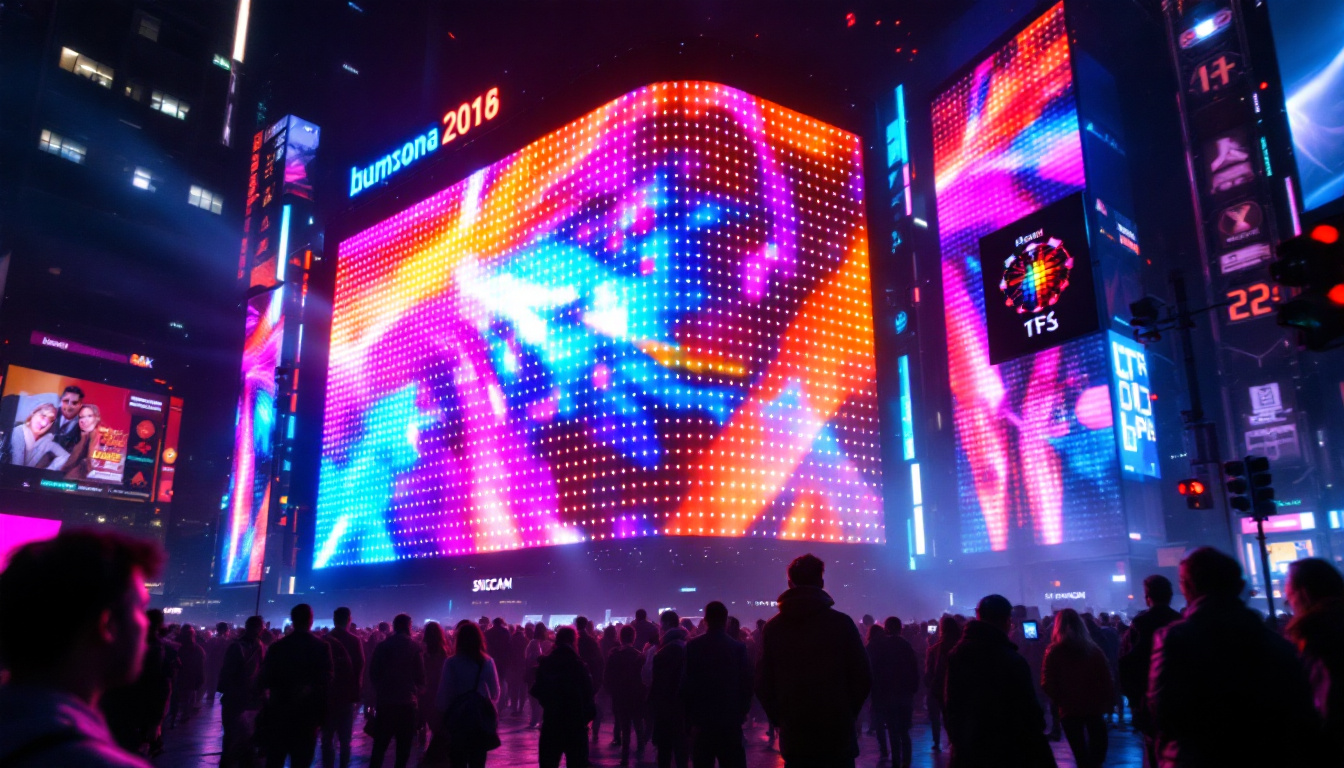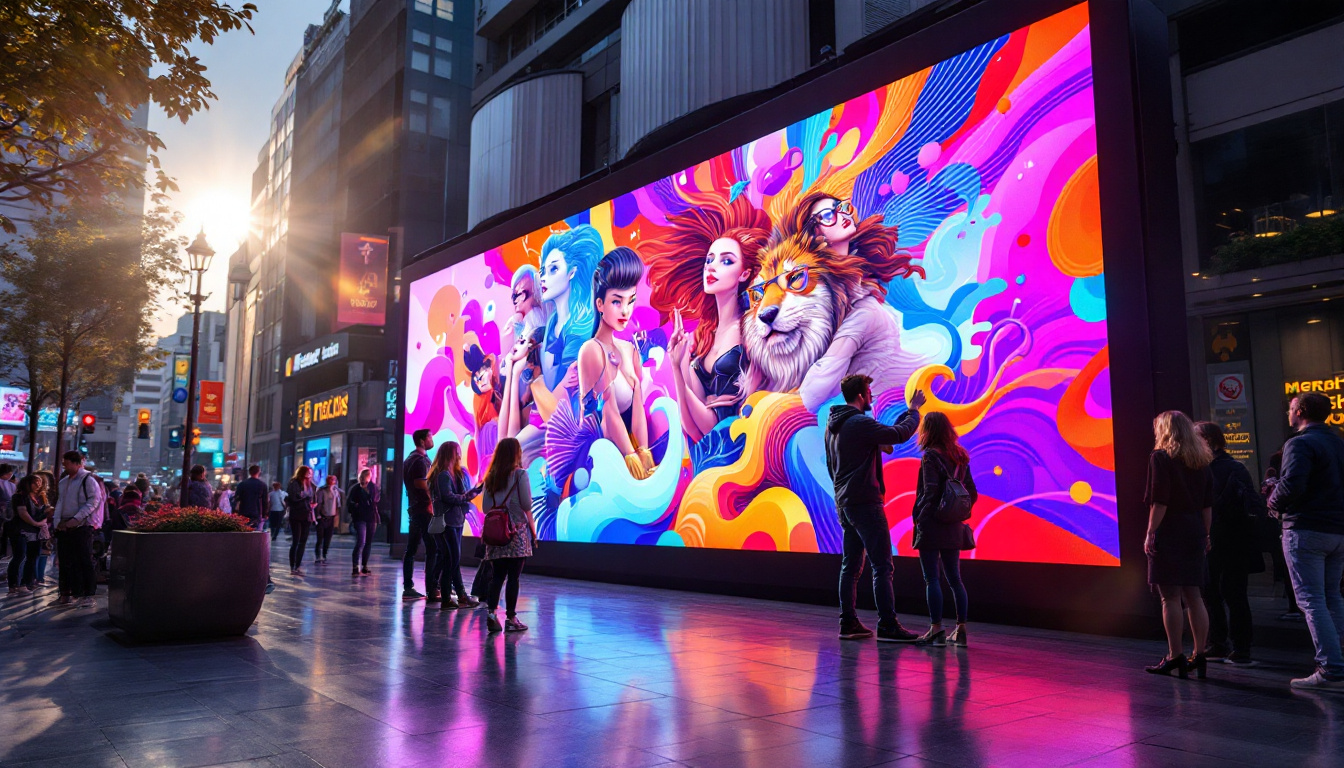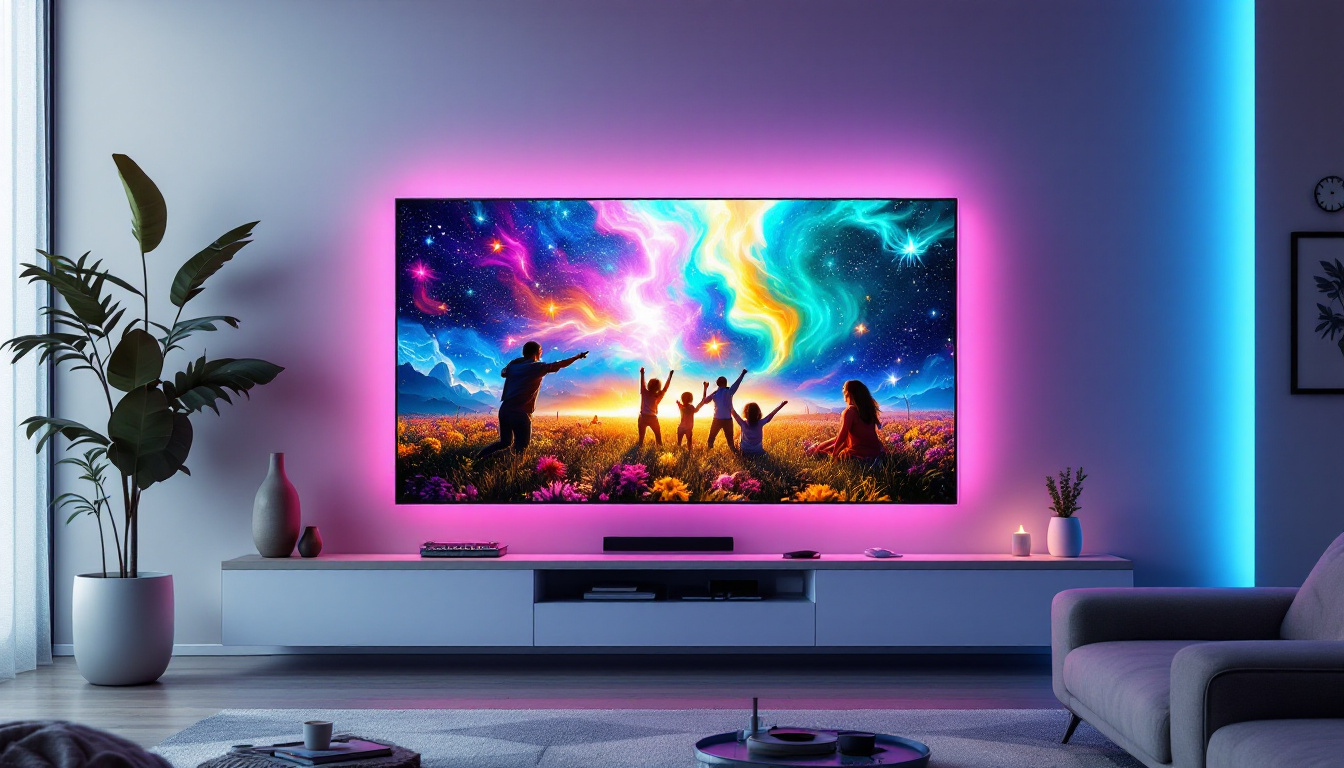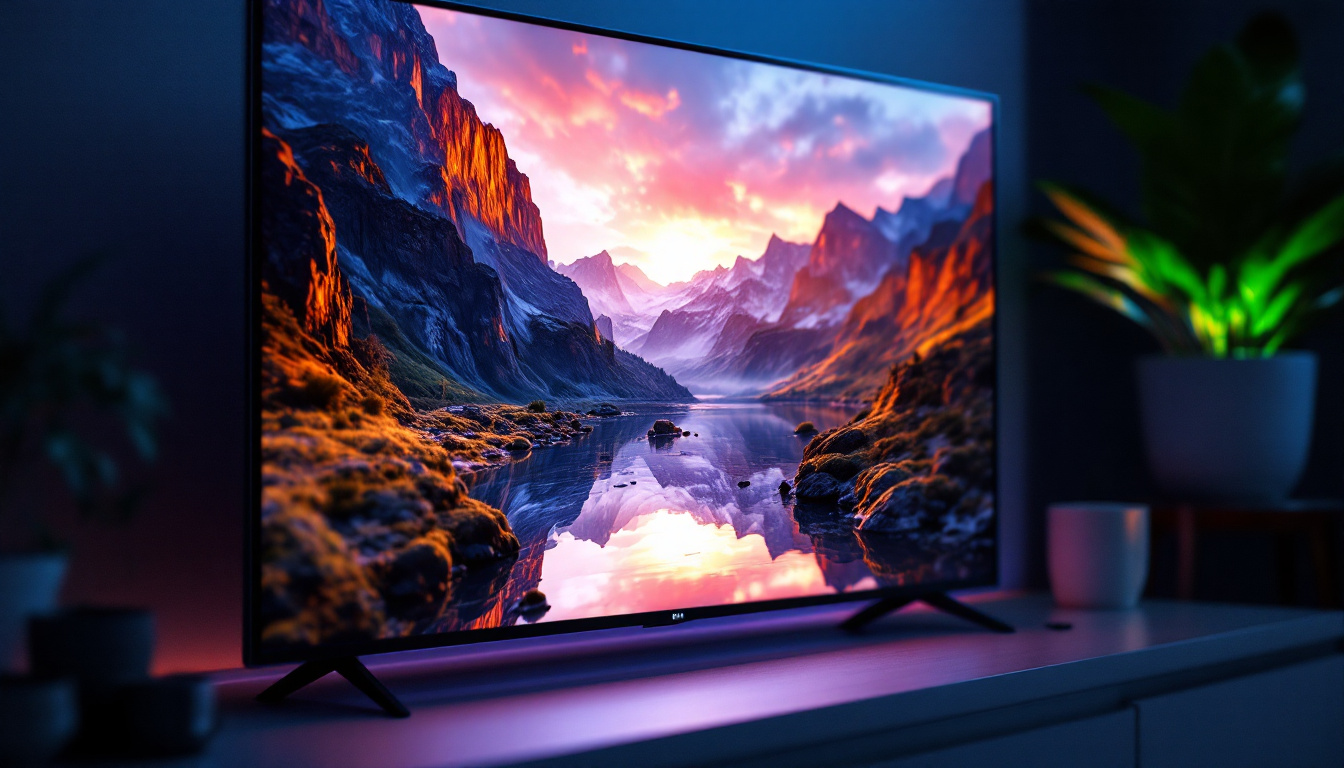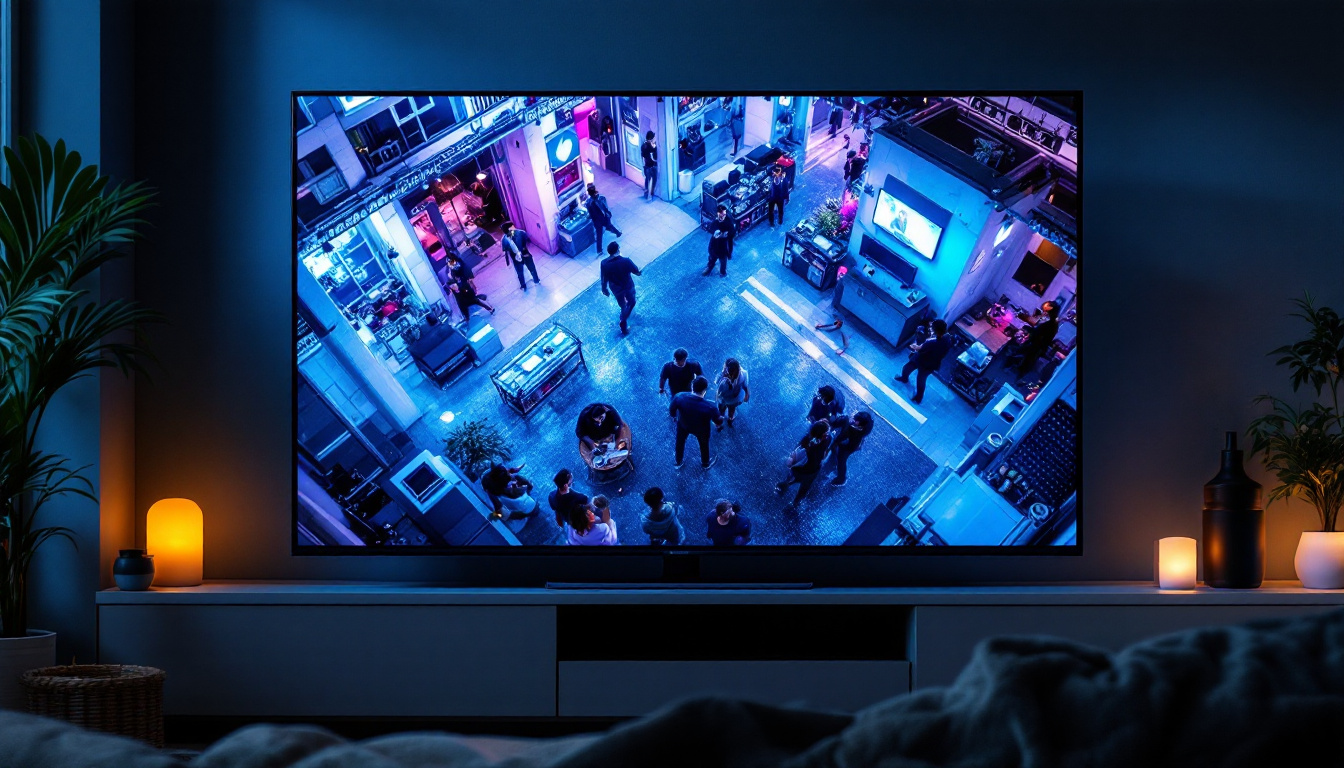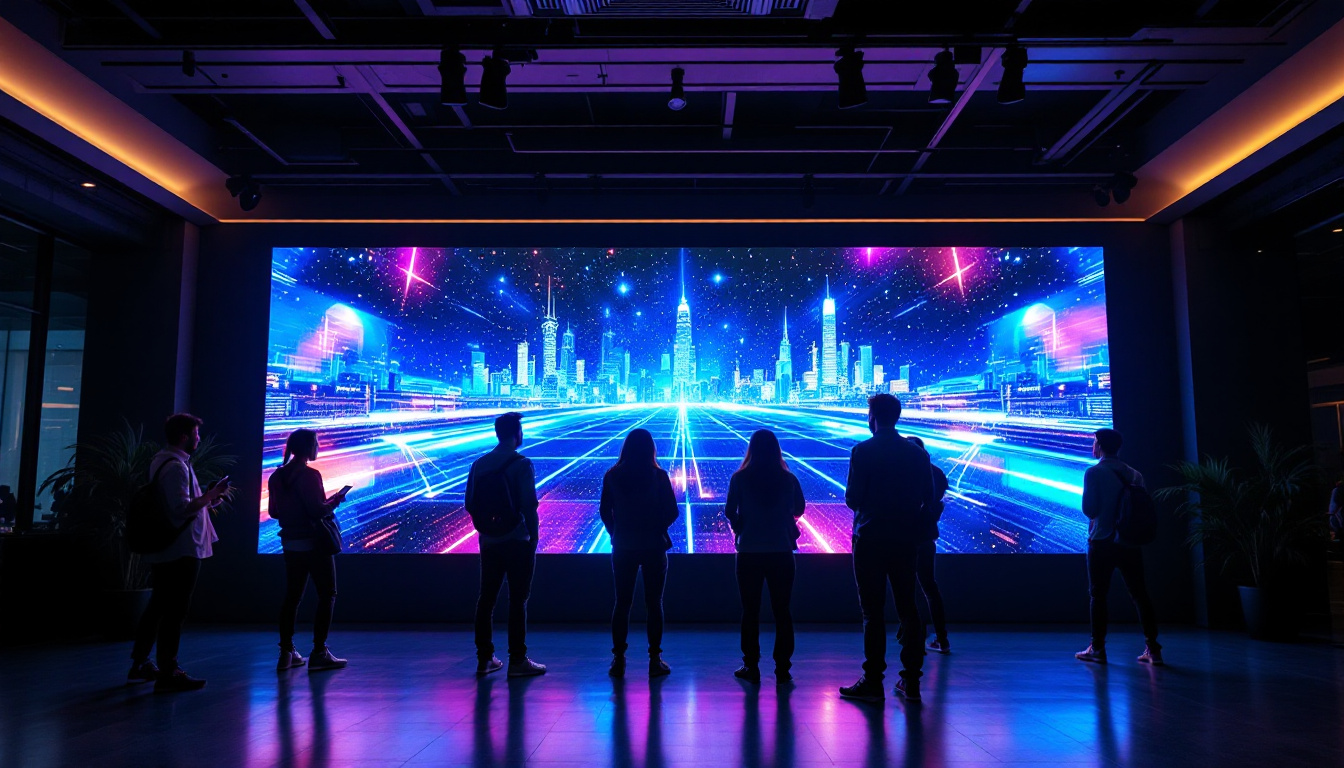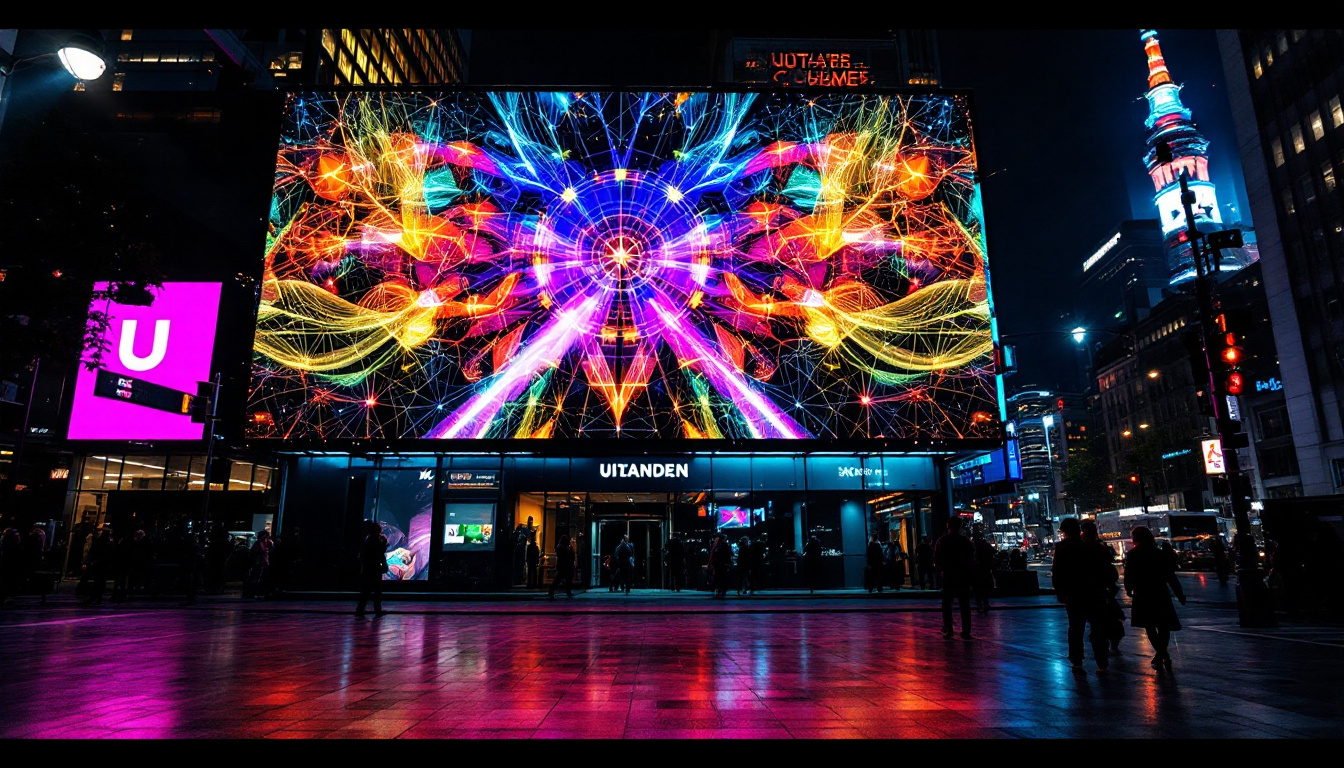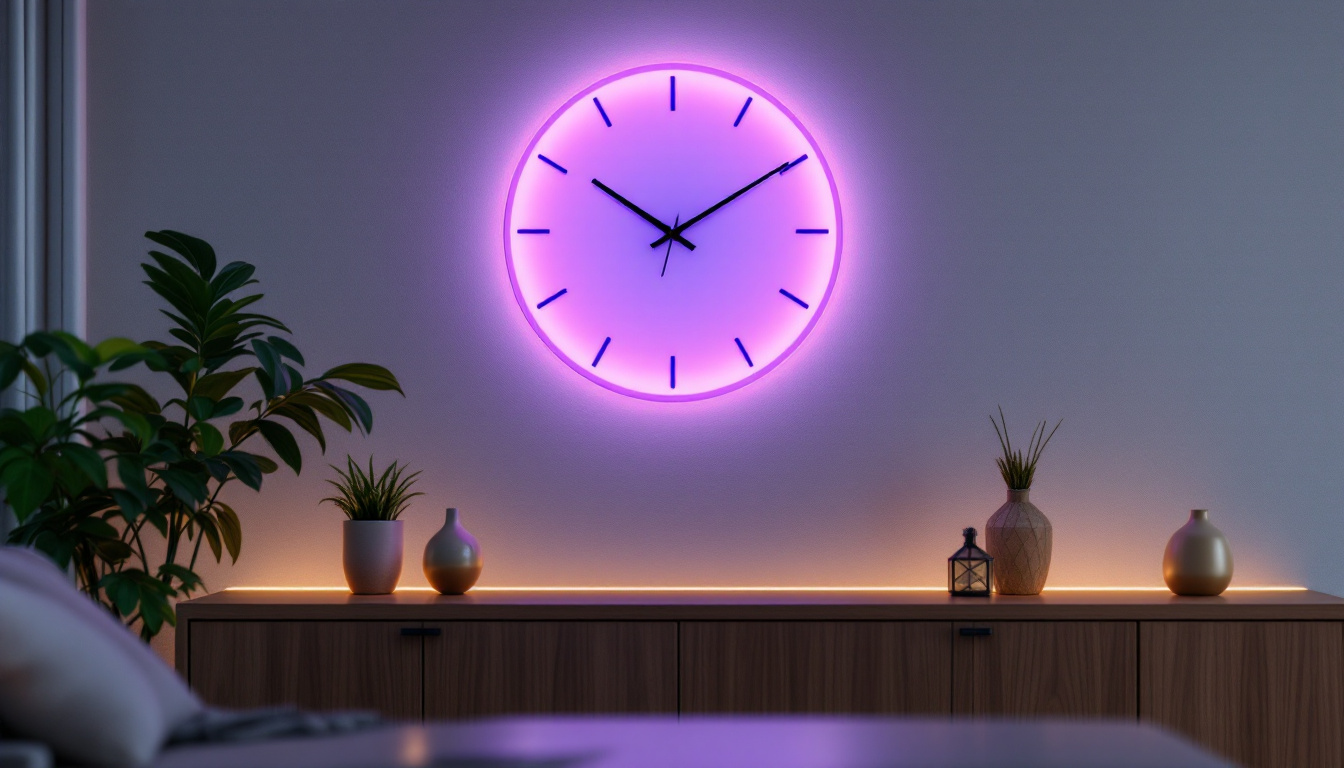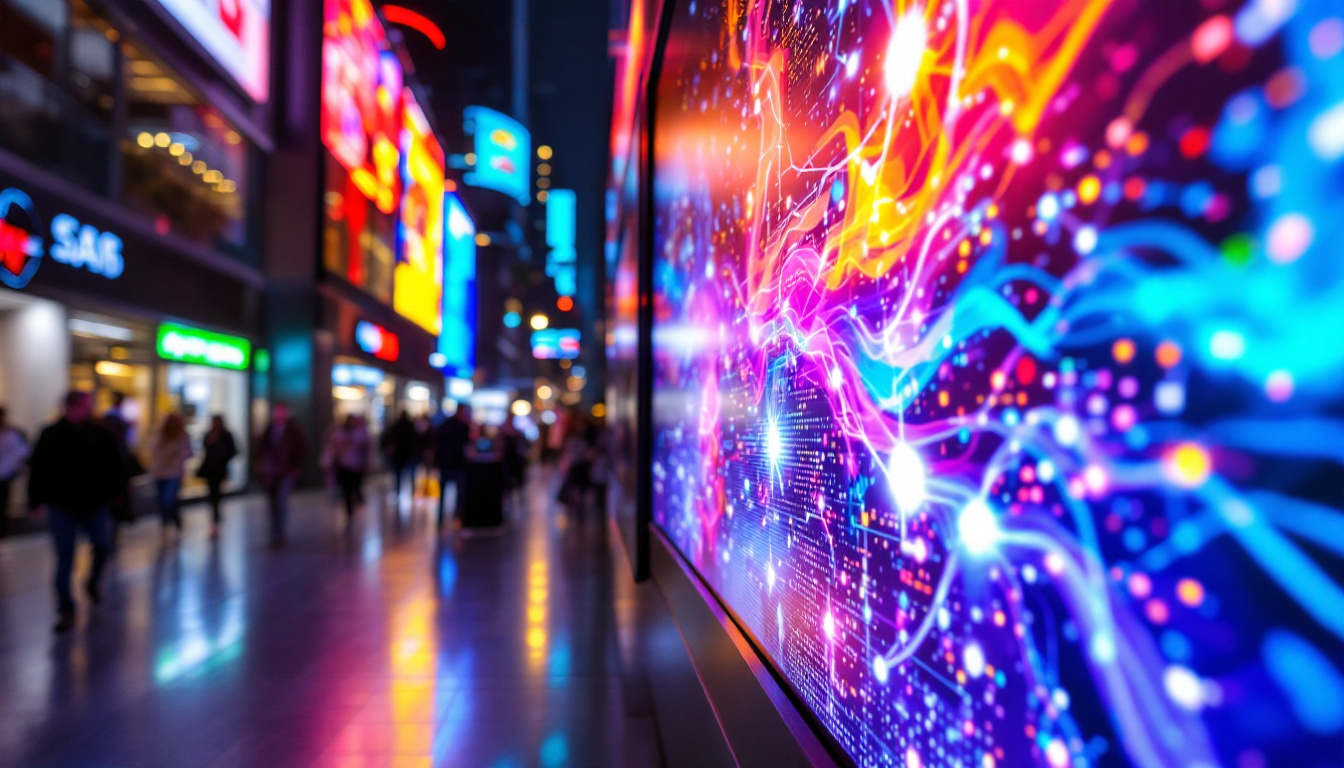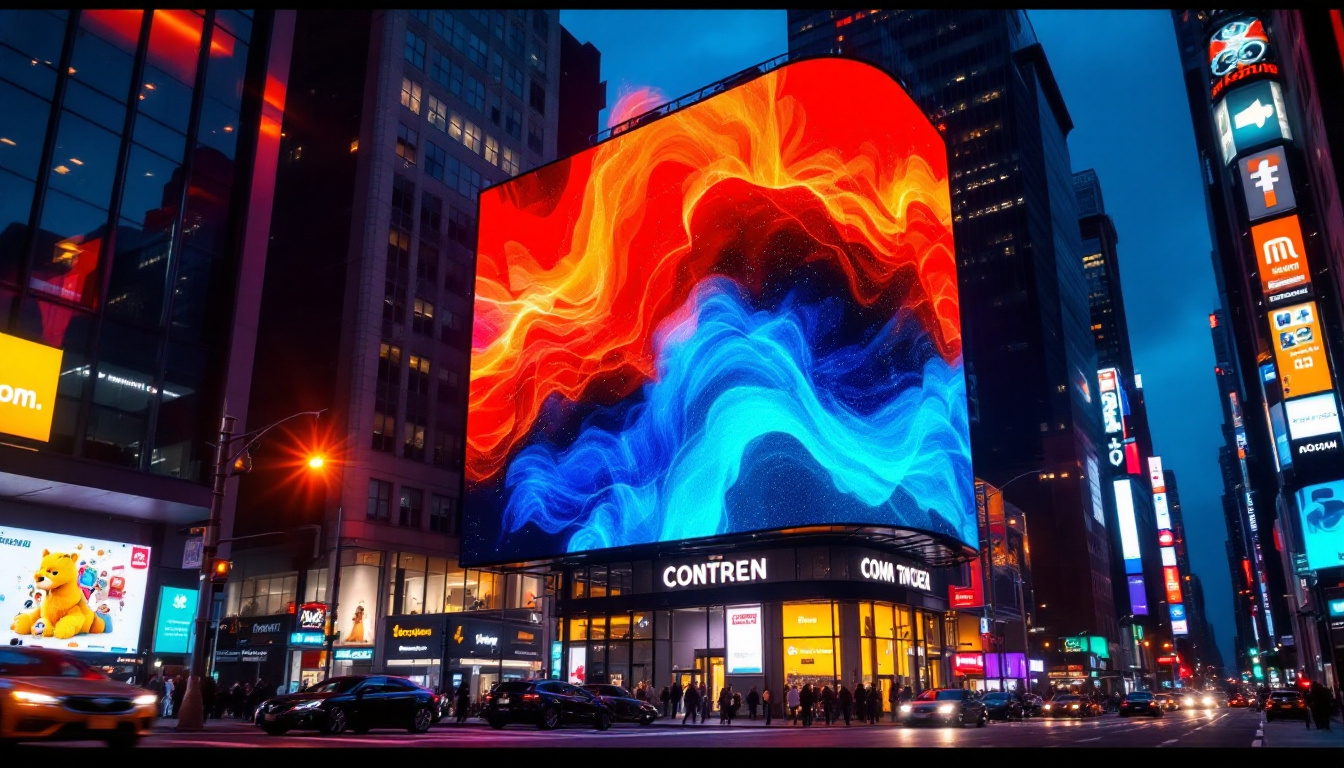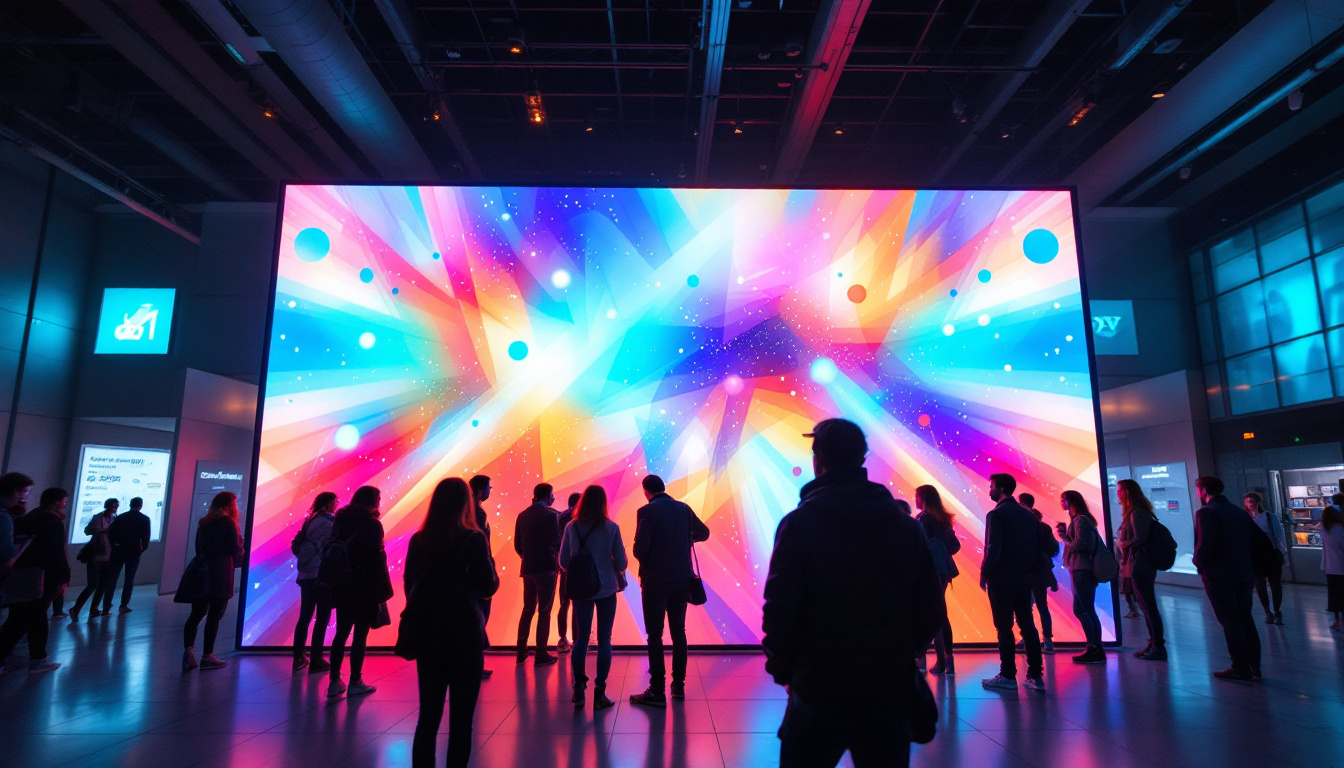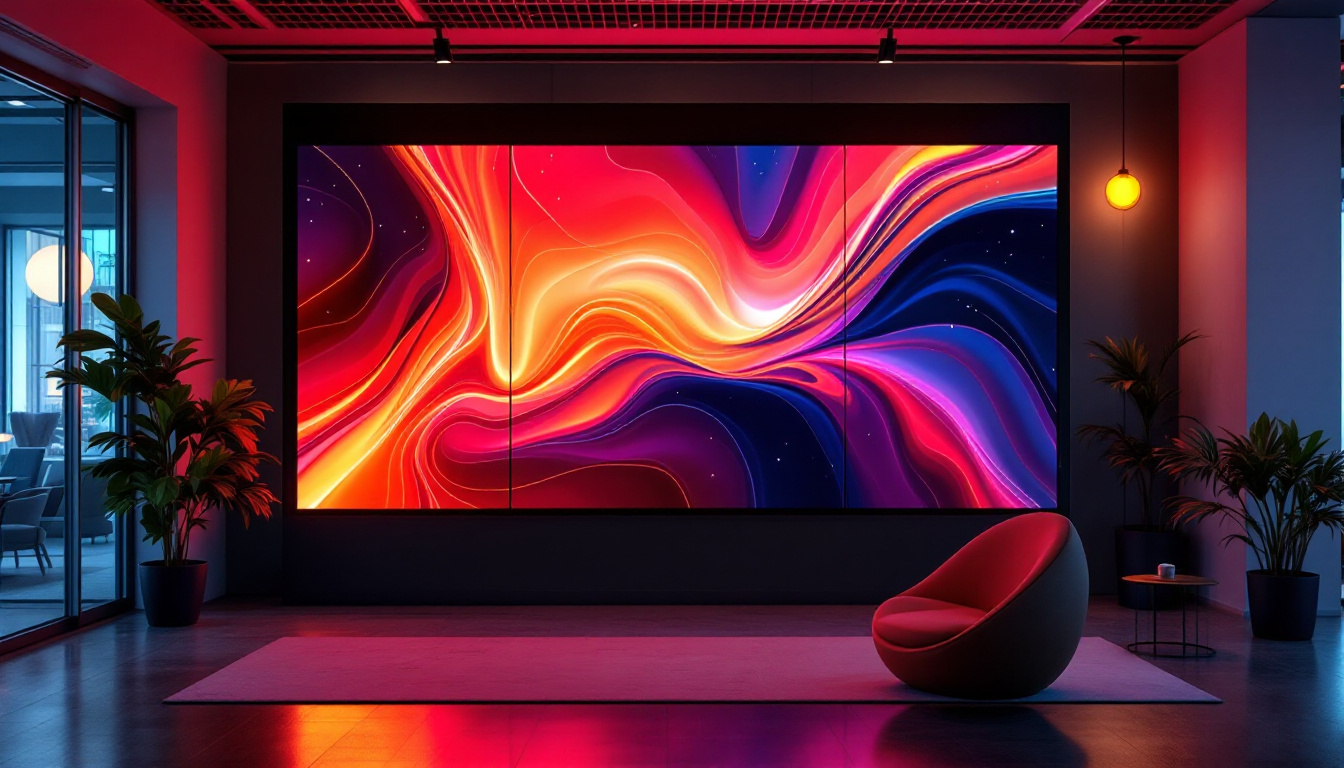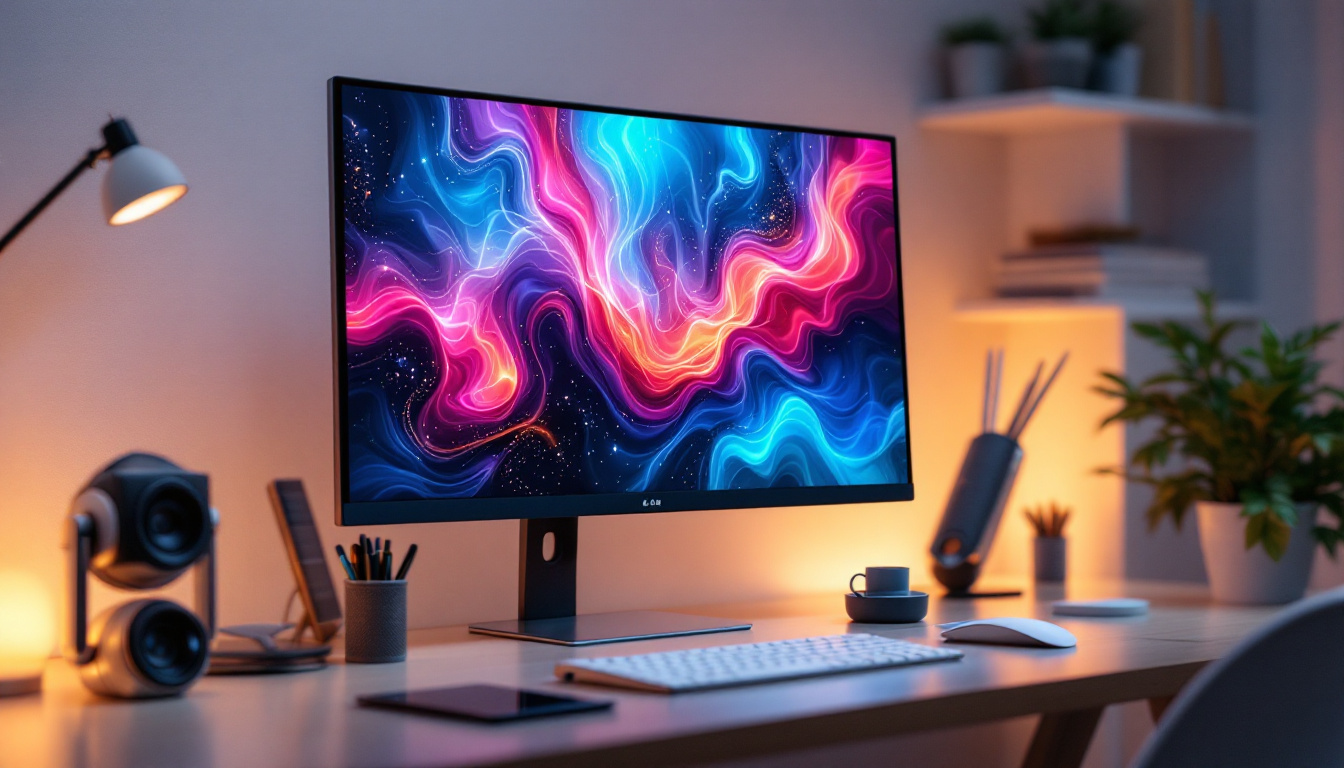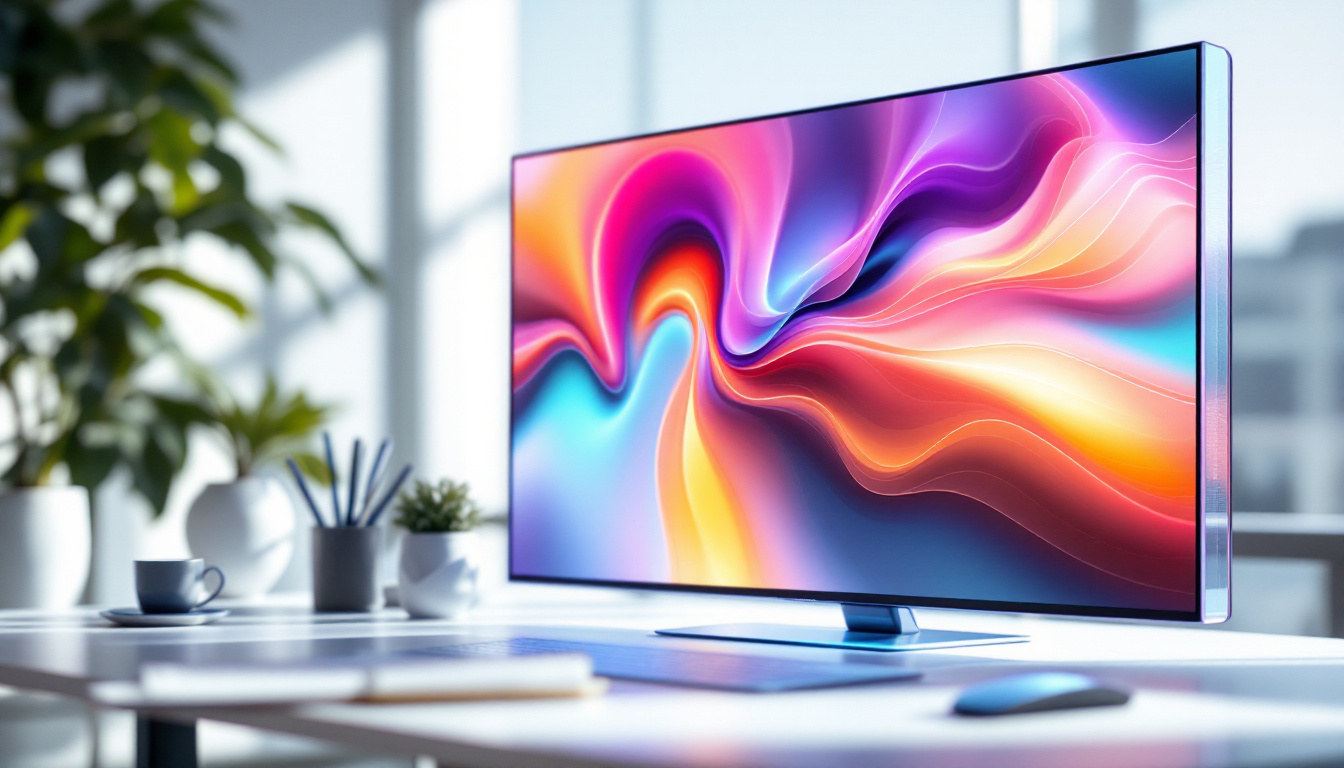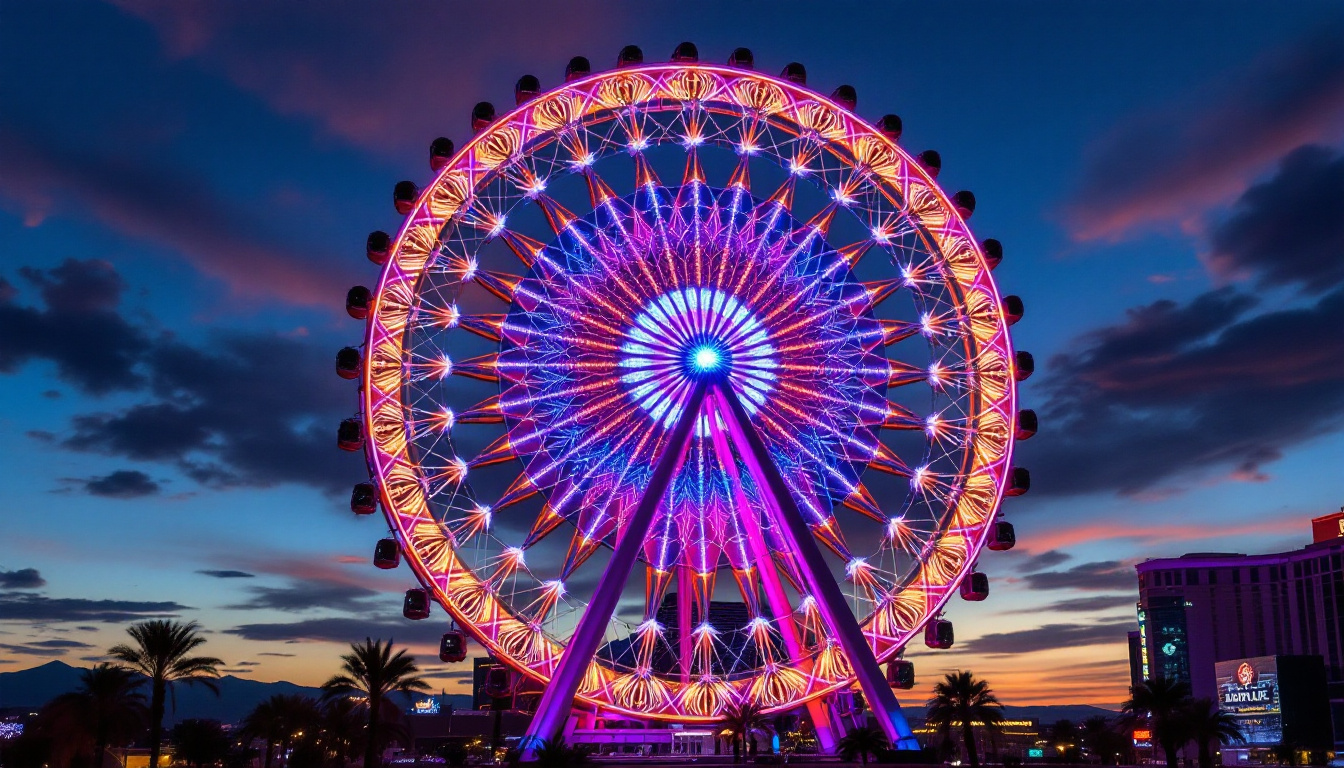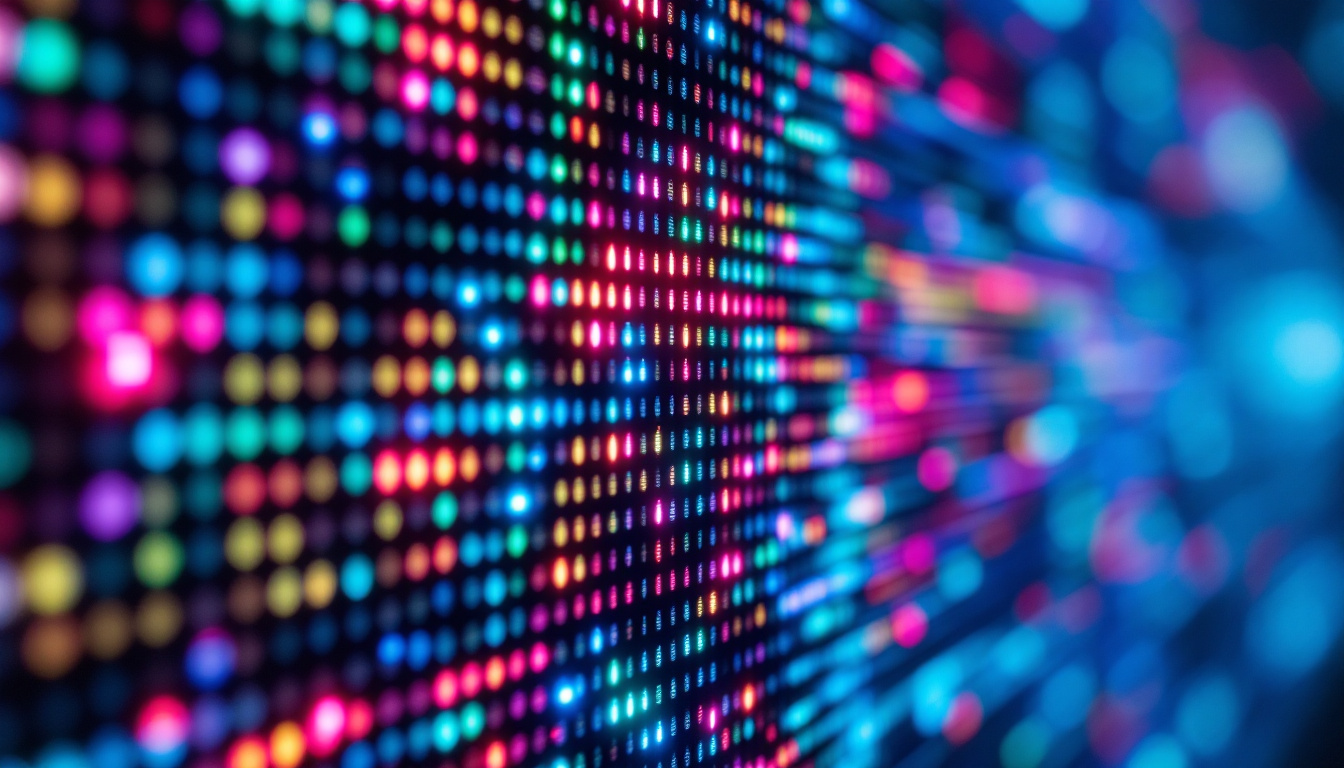In the realm of modern technology, LED displays have revolutionized the way we consume information and entertainment. Among these innovations, pixel panels stand out as a key component, offering vibrant visuals and dynamic content delivery. This article delves into the intricacies of pixel panels, exploring their functionality, applications, and the technology that drives them.
Understanding Pixel Panels
Pixel panels, often referred to as LED panels or displays, are composed of numerous tiny light-emitting diodes (LEDs) arranged in a grid pattern. Each LED acts as a pixel, contributing to the overall image or video displayed. The arrangement and functionality of these pixels are crucial for delivering high-quality visuals. With the rise of digital signage and interactive displays, pixel panels have become an integral part of our daily lives, enhancing everything from advertising to entertainment.
The Basics of LED Technology
LED technology operates on the principle of electroluminescence, where a semiconductor material emits light when an electric current passes through it. This process allows for the creation of bright and energy-efficient displays. Unlike traditional LCD screens, which rely on backlighting, LED displays produce their own light, resulting in deeper blacks and more vibrant colors. This self-illuminating feature not only improves contrast ratios but also enhances the viewing experience in various lighting conditions, making LED panels suitable for both indoor and outdoor environments.
Moreover, LED technology is highly versatile. It can be used in various forms, including indoor displays, outdoor billboards, and even in smaller devices like smartphones and tablets. This adaptability makes pixel panels a popular choice across different industries. For instance, in the entertainment sector, large-scale LED screens are often utilized for concerts and events, captivating audiences with stunning visuals that can be seen from great distances. Additionally, the durability of LED technology ensures that these displays can withstand the rigors of outdoor use, including harsh weather conditions.
Pixel Density and Resolution
One of the most critical factors in determining the quality of a pixel panel is its pixel density, typically measured in pixels per inch (PPI). Higher pixel density results in sharper images and finer details, making it essential for applications where clarity is paramount, such as in advertising and broadcasting. The ability to display intricate graphics and text clearly can significantly impact viewer engagement and retention, which is why many businesses invest in high-PPI displays for their marketing strategies.
Resolution, on the other hand, refers to the total number of pixels on the display. Common resolutions include Full HD (1920×1080), 4K (3840×2160), and even 8K (7680×4320). As technology advances, higher resolutions are becoming increasingly accessible, allowing for more immersive viewing experiences. This trend is particularly evident in the realm of gaming and virtual reality, where high-resolution displays can create a more lifelike environment, drawing users deeper into the experience. Furthermore, the increasing availability of 8K content is pushing manufacturers to develop displays that can fully leverage this resolution, promising even more breathtaking visuals in the near future.
Applications of Pixel Panels
Pixel panels find their utility across a broad spectrum of applications. From entertainment venues to corporate environments, their versatility makes them an invaluable tool for communication and engagement.
Advertising and Marketing
In the advertising sector, pixel panels have transformed how brands connect with their audience. Digital billboards and storefront displays utilize these panels to showcase dynamic content that can be updated in real-time. This capability allows brands to tailor their messages based on time, location, and audience demographics, maximizing engagement.
Furthermore, the brightness and color accuracy of pixel panels ensure that advertisements stand out, even in bright daylight. This feature is particularly beneficial for outdoor displays, where visibility is crucial for capturing the attention of passersby. The ability to incorporate animations and videos also adds an extra layer of appeal, making advertisements not just informative but also entertaining, which can lead to higher retention rates among viewers.
Entertainment and Events
Concerts, festivals, and sporting events have embraced pixel panels to enhance the audience experience. Large-scale LED screens provide stunning visuals, displaying everything from live feeds to intricate animations. This technology allows event organizers to create a more immersive environment, capturing the excitement of the moment.
Additionally, pixel panels can be configured in various shapes and sizes, enabling creative installations that engage audiences in unique ways. This flexibility has led to innovative stage designs and interactive displays that elevate the overall experience. For instance, some events utilize pixel panels to create 3D visual effects that can transform the perception of space, making the audience feel as if they are part of the performance. The integration of real-time social media feeds on these panels also fosters a sense of community among attendees, as they can see their posts and reactions displayed live.
Corporate and Educational Use
In corporate settings, pixel panels serve as powerful communication tools. Digital signage solutions, powered by pixel panels, can display important information, announcements, and promotional content in real-time. This capability enhances internal communication and keeps employees informed and engaged.
Educational institutions also benefit from pixel panels, using them for presentations, lectures, and interactive learning experiences. The ability to display high-resolution content fosters a more engaging learning environment, making complex information easier to understand. Moreover, pixel panels can facilitate collaborative projects by allowing multiple users to interact with the display simultaneously, encouraging teamwork and creativity among students. This technology can also be utilized for virtual classrooms, where remote learners can participate in real-time discussions, thus bridging the gap between physical and digital learning environments.
Technological Advancements in Pixel Panels
The evolution of pixel panel technology continues to push the boundaries of what is possible in display solutions. Innovations in materials, design, and functionality are enhancing performance and user experience.
MicroLED and MiniLED Technologies
MicroLED and MiniLED technologies are at the forefront of the next generation of pixel panels. MicroLED displays utilize microscopic LEDs to create individual pixels, resulting in unparalleled brightness and contrast. This technology eliminates the need for backlighting, allowing for thinner and lighter displays. Additionally, MicroLED panels boast impressive energy efficiency, which not only reduces operational costs but also contributes to a more sustainable future in display technology.
MiniLED, on the other hand, employs smaller LEDs to enhance traditional LCD displays. By increasing the number of local dimming zones, MiniLED technology improves contrast and color accuracy, bridging the gap between LCD and OLED displays. This advancement is particularly beneficial for high dynamic range (HDR) content, where the ability to display deeper blacks and brighter highlights can significantly enhance the viewing experience. As a result, consumers are increasingly drawn to MiniLED displays for their superior performance in both gaming and cinematic applications.
Smart Features and Connectivity
Modern pixel panels are increasingly equipped with smart features, enabling connectivity and interactivity. Many displays now support Wi-Fi and Bluetooth, allowing users to stream content directly or control the display remotely. This functionality is particularly useful in corporate environments, where presentations can be managed effortlessly. Furthermore, the ability to integrate with smart home ecosystems means that pixel panels can be controlled via voice commands or mobile applications, adding an extra layer of convenience for users.
Moreover, the integration of artificial intelligence (AI) is enhancing the capabilities of pixel panels. AI-driven content management systems can analyze viewer engagement and optimize content delivery, ensuring that the right message reaches the right audience at the right time. This technology is paving the way for personalized viewing experiences, where content can be tailored to individual preferences based on data analytics. As AI continues to evolve, we can expect even more sophisticated features, such as automatic calibration of display settings based on ambient light conditions, further enriching the user experience.
Challenges and Considerations
Despite their many advantages, pixel panels also face challenges that must be addressed to ensure optimal performance and longevity.
Environmental Factors
Outdoor pixel panels are particularly susceptible to environmental factors such as sunlight, rain, and temperature fluctuations. To combat these challenges, manufacturers are developing weather-resistant displays that can withstand harsh conditions. Additionally, UV protection is essential to prevent color fading and maintain visual quality over time.
Maintenance and Lifespan
Regular maintenance is crucial for pixel panels to ensure their longevity and performance. Dust and debris can accumulate on the surface, affecting brightness and clarity. Routine cleaning and inspections are necessary to identify any potential issues before they escalate.
The lifespan of pixel panels can vary based on usage and environmental conditions. While many LED displays can last up to 100,000 hours, factors such as heat and humidity can impact their longevity. Investing in high-quality displays and implementing proper maintenance practices can significantly extend their lifespan.
The Future of Pixel Panels
The future of pixel panels looks promising, with ongoing advancements in technology and design. As consumer demands evolve, manufacturers are continuously innovating to create displays that are not only visually stunning but also environmentally friendly and energy-efficient.
Sustainability Initiatives
In response to growing concerns about environmental impact, many companies are focusing on sustainability in their production processes. This includes using eco-friendly materials and energy-efficient technologies to minimize the carbon footprint of pixel panels. As sustainability becomes a priority, the industry is likely to see a shift towards greener practices and products.
Integration with Augmented and Virtual Reality
As augmented reality (AR) and virtual reality (VR) technologies gain traction, pixel panels are expected to play a significant role in these immersive experiences. Future displays may incorporate AR and VR capabilities, allowing users to interact with content in new and exciting ways. This integration could revolutionize industries such as gaming, education, and training, providing unparalleled engagement and learning opportunities.
Conclusion
Pixel panels have become an integral part of modern visual communication, offering vibrant and dynamic displays that enhance experiences across various sectors. Understanding the technology behind these displays, their applications, and the challenges they face is essential for anyone looking to leverage their capabilities.
As advancements continue to shape the future of pixel panels, their role in advertising, entertainment, and education will only grow. By embracing innovation and sustainability, the industry can ensure that pixel panels remain at the forefront of visual technology, captivating audiences and transforming how information is shared and experienced.
Discover LumenMatrix’s Innovative LED Solutions
Ready to elevate your visual communication with cutting-edge LED technology? Look no further than LumenMatrix, a pioneer in crafting LED display modules that bring your brand to life. Whether you’re seeking to captivate with an Indoor LED Wall Display, make a statement with an Outdoor LED Wall Display, or innovate with a Custom LED Display, LumenMatrix has the solution to meet your needs. Experience the transformative power of LED displays and join the revolution in visual storytelling. Check out LumenMatrix LED Display Solutions today and see your message shine like never before.

